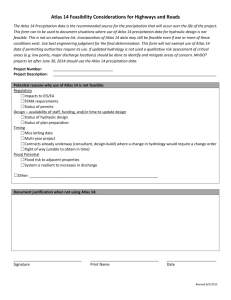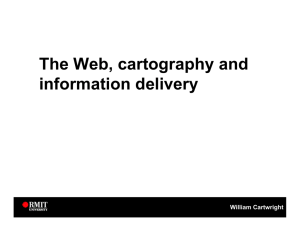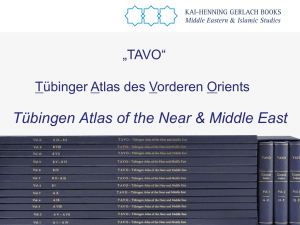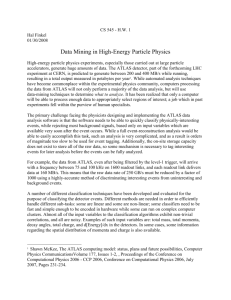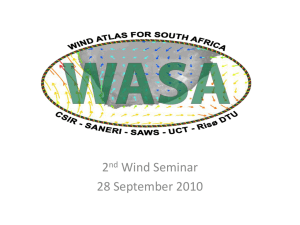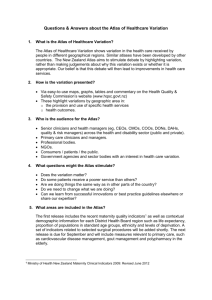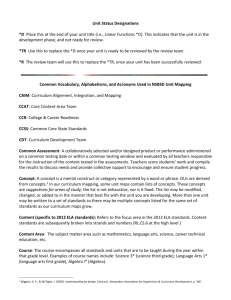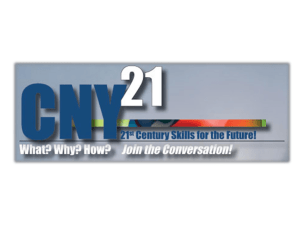AtlasMapping - Ursuline Educational Services
advertisement
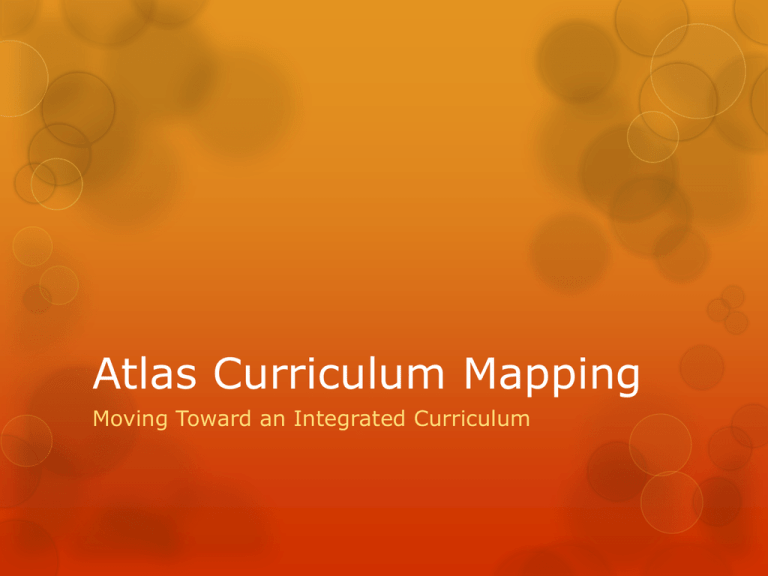
Atlas Curriculum Mapping Moving Toward an Integrated Curriculum Introductions Name School Subjects Taught Curriculum Mapping at School What is Curriculum Mapping? Curriculum Mapping uses electronic means to input, track, and collect/analyze data on curriculum. It increases possibilities for long-range planning, short-term preparation and clear communication. It challenges users to move away from reliance on curriculum committees, binders and hard copies of standards. These programs may allow users to record essential questions, goals, objectives, assessments, and/or daily plans. http://www.youtube.com/watch?v=8etEUVzo2GE&list=UUx VOyjH4VhA7vzcrKrAS8SA&index=2&feature=plcp Purpose of Curriculum Mapping Allows stakeholders in school to: Meet and exceed standards Align horizontally and vertically Record what is happening in real time Collect data about instruction as it relates to student learning Reflect on and use the data in order to become better educators Reality… Occasional “transition” or collaborative meetings between teams, grades or schools are ineffective in developing 21st century curriculum. Curriculum mapping should be done in real time. We must look through 2 lenses when developing curriculum. A zoom lens will focus on this year’s curriculum for each grade. A wide-angle will look at the K-12 perspective. Horizontal and vertical alignment are needed for truly successful curriculum development. Examples of Software and Webbased Programs Rubicon Atlas Curriculum Framer Curriculum Mapper SharePoint (Microsoft) TODCM Open Source Curriculum Mapping Project Performance Plus – Curriculum Connector Sacred Heart Academy – Rubicon Atlas Sacred Heart Schools consists of a high school, grade school, preschool, and school for the arts Sacred Heart Model School was the first of the four schools to use Atlas and it was introduced at SHA 3 years ago First steps in the process: Unit calendars for all courses to increase comfort level with mapping Current steps: Development of unit and daily plans for all courses (goals, objectives, learning activities, assessments, etc) Future steps: Teacher and group editing to find gaps, overlap and areas for integration. Proposed Process for Curriculum Mapping Stage 1: Preparing for Curriculum Mapping Stage 2: Launching Mapping Initiative Stage 3: Sustaining and Integrating Stage 4: Mapping into the Future Stage 1: Preparing for Curriculum Mapping Research: Mapping program must meet the needs of school /district. • Cost • Flexibility • Data collection and analysis Development: Teachers should be comfortable with macro and micro planning as it applies to their instruction. • Unit Calendars (year long Plans) • Unit Plans • Daily Lesson Plans • Teachers should be educated on the “how” but also the “why”. Stage 2: Launching the Mapping Initiative Calendar based maps allow for easy reference to real time. Begin with “draft” method that is refined after instruction, or “diary” method which requires disciplined reflection on a daily basis. There should be a comfortable and consistent format across the map. SHA’s Launch: Unit Calendar, Unit plan, Daily plan Stage 3: Sustaining and Integrating…Next Steps Teachers as editors • Teachers edit own maps • Teachers edit maps of others in department or team. • Edit to find repetition, gaps, best practices and meaningful assessments. Mixed Group Reviews • Gain objectivity from groups outside of instructional grade level, department or team. • Review to identify gaps, repetition, areas for integration and disconnect between outcomes and curriculum. • “Red flagging” not re-writing Stage 4: Mapping into the Future With observations in-hand… Faculty can sift through data and find areas for improvement. Faculty can determine points that will require long-term research and development. Ex: Introduction of interdisciplinary work for 10th graders would require examination and change in school structure over a period of time. Faculty continues ACTIVE and CONTINUOUS review. Beyond the Basics We can collect data on: Best practices Variety of meaningful assessment methods Mastery of goals and objectives Consistency between teachers of the same course and alignment between teachers of connected courses, both vertically and horizontally We can look outside of our school: Provides opportunities for global collaboration and education Tips and Suggestions Spend time on R & D before implementing. Make sure faculty understands the WHY. Grade level should be used to help guide format and collaborative teams. Technology and collaboration take time to learn, so small-step implementation is helpful. Sources of Information Rubicon Atlas training tools YouTube videos Wikipedia Curriculum 21 edited by Heidi Hayes Jacobs Mapping the Big Picture: Integrating Curriculum and Assessment K-12 by Heidi Hayes Jacobs

